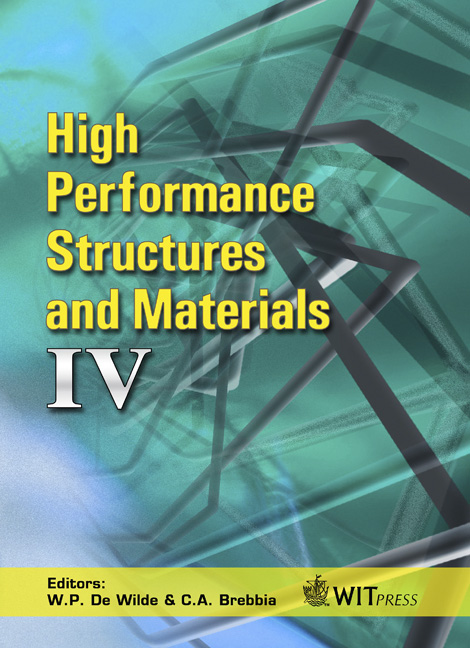Mechanical Properties Of Jute Fabric Reinforced Thermoplastic Moulded By High-speed Processing Using Electromagnetic Induction
Price
Free (open access)
Transaction
Volume
97
Pages
9
Page Range
211 - 219
Published
2008
Size
1,112 kb
Paper DOI
10.2495/HPSM080231
Copyright
WIT Press
Author(s)
K. Tanaka, T. Katsura, Y. Kinoshita, T. Katayama & K. Uno
Abstract
Fibre reinforced thermoplastic (FRTP) has high performances of specific strength, specific rigidity and impact resistance. For conventional FRTP, glass fibre or carbon fibre is used for the reinforcement and polypropylene (PP) or polyamide (PA) for the matrix. These materials, however, are difficult to dispose of and a combination of natural fibre and biodegradable resin have been considered as easily degradable materials in the natural environment. Jute is one of the most superior natural fibre materials due to its low cost, high levels of production, high specific strength and ease of renewal. However, jute fibre reinforced thermoplastic moulded by the traditional hot press method requires considerable time and expense. In this study, an advanced manufacturing process of a composite based on jute and PLA (JFRTP) moulded by a high-speed processing of composite materials using electromagnetic induction was proposed. The system allows heating of the mould surface instantaneously therefore this system can reduce production cycle times, which leads to a reduction in the manufacturing cost of composite parts. The influence of moulding conditions on the impregnation and the mechanical properties of JFRTP are discussed. Keywords: green-composite, natural fibre, jute fibre, PLA, JFRTP, non-woven fabric, electromagnetic induction.
Keywords
green-composite, natural fibre, jute fibre, PLA, JFRTP, non-woven fabric, electromagnetic induction.





